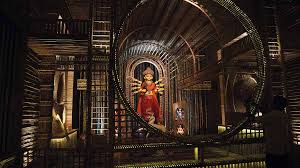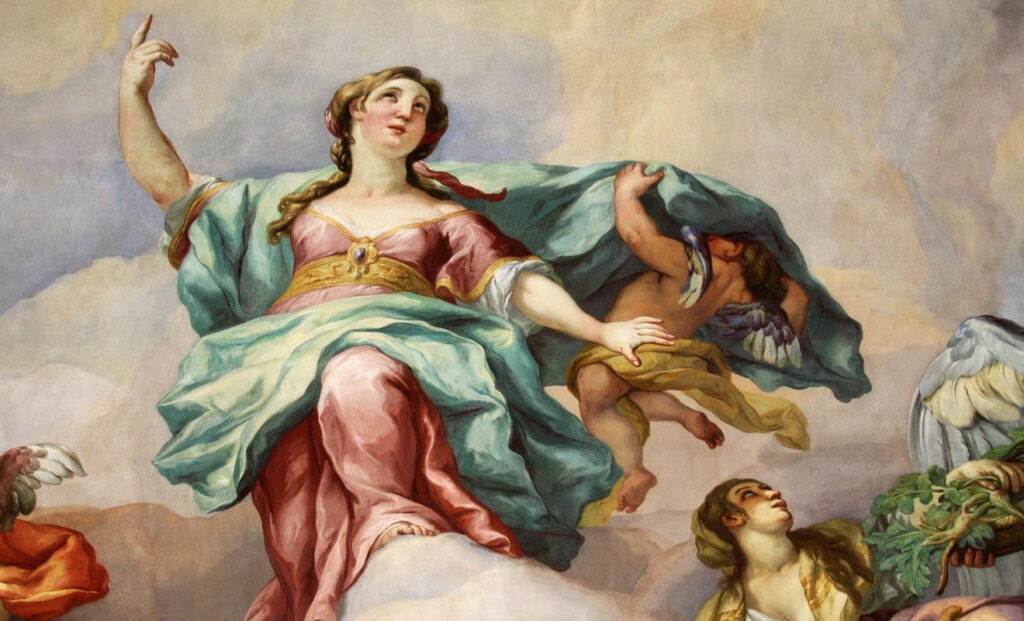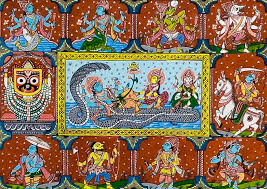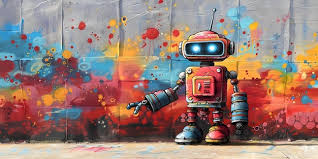
Menu

Art has constantly evolved, reflecting the cultural, social, and technological changes of each era. Early humans painted scenes of hunting and rituals on cave walls, using natural pigments to tell their stories. Ancient civilizations like the Egyptians and Greeks created highly detailed sculptures and frescoes, emphasizing symmetry and mythology.
The Renaissance (14th–17th century) marked a turning point, introducing perspective, realism, and human anatomy studies. Artists like Leonardo da Vinci and Michelangelo mastered techniques that brought paintings and sculptures to life. The 19th century saw the rise of Impressionism, where artists like Monet and Renoir used light and movement to capture fleeting moments.
Modernism in the 20th century broke traditional rules, leading to abstract, surreal, and expressionist movements. Picasso’s Cubism and Dali’s Surrealism challenged perceptions of reality. The digital age has introduced new art forms, including digital painting, AI-generated art, and NFTs, pushing creativity beyond physical boundaries.
Each artistic movement builds upon the past, shaping the way we view and create art today. From cave paintings to virtual reality, art continues to evolve, proving that creativity has no limits.



